Su-San Tan, the recently appointed Director of Workplace Strategy and Insights at Space Matrix, writes about why it’s important to create a workplace that is nourishing for an organisation.

Airbnb Gurgaon
November 11th, 2019
As the world gears towards Enterprise 4.0 and with the emergence of younger employees in the labour force, organisations are focusing more on multigenerational offices.
Whilst headlines in recent years have trumpeted workplace changes catered to millennials, there is another fundamental shift in workforce demographics. Older workers – or ‘perennials’ – are now the fastest growing population of workers. In fact, one in five resident workers are aged 55 and older in Singapore. If you talk about where organisations are heading, it’s about Enterprise 4.0.
The change comes about when we refine our perception of work, to create valuable human-machine collaborations, shifting our understanding of work from task completion to problem-solving and managing human relationships. When it comes to managing high-performing teams, creating a culture of information sharing and employee engagement is key. The discussion is not about how we “attract, retain and develop” people. It’s about how we “access, curate and engage” our people.
This is when organisations gain a competitive edge – when employees are flourishing and agile in responding to the changing future of work. So how can we uncover what’s changing in the future of work?

Su-San Tan, Director of Workplace Strategy and Insights, Space Matrix
Where once physical proximity was needed to get work done, digital communication, collaborative platforms and digital reality technologies have now become our daily essentials for work. Flexible work policies and distributed teams are now common and organisations are reimagining their work space as an enabler of their changing workforce demographics. Offices are now designed to orchestrate change as they reimagine workplaces from more traditionally co-located workplaces, to those that are completely distributed and heavily dependent on virtual interactions.
These practices have led to the emergence of new workplace models commonly referenced with terms such as Activity Based Workplaces (ABW), Agile Work and Flexible Work for instance.
Today, ABW is no longer a new concept in the corporate world. In the ‘co-anything’ era, these models of work support people by offering dynamic flexibility and agility – movement from an ‘I to We’ type of sharing economy system. Yet, companies face a semi revolt of ‘We to I’ in the challenge of inculcating a sense of belonging in the ABW workplace, preserving social ties and addressing diluted team dynamics when people are flexible and mobile.
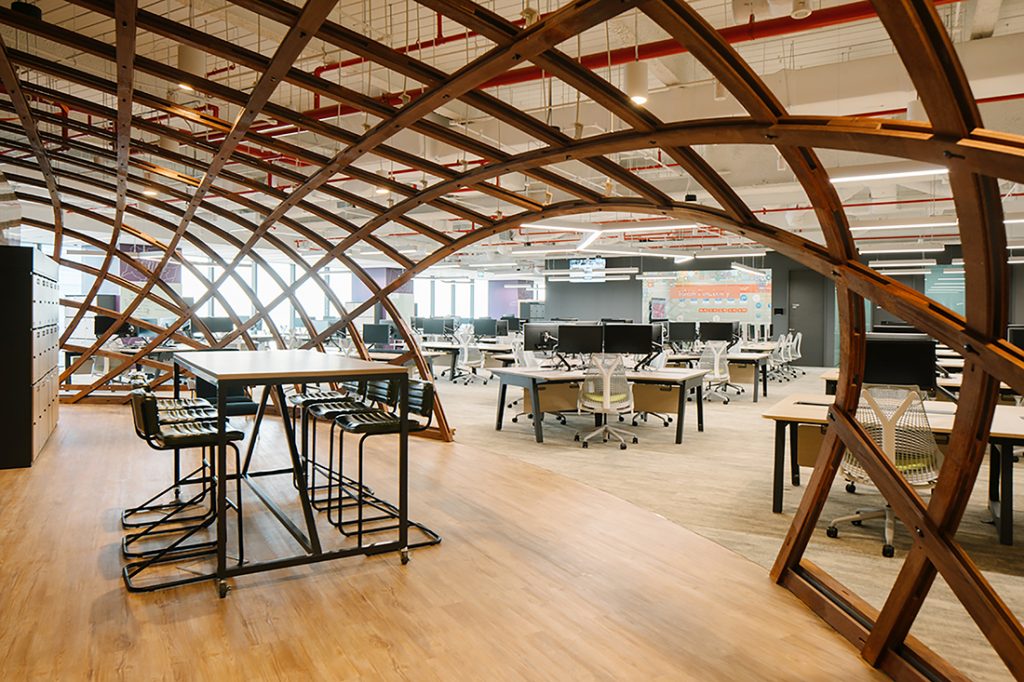
Prudential Singapore
For many, changing the physical workplace used to be an opportunity to increase space efficiency and reduce real estate costs. Many organisations have already recognised that workplace and organisation culture is inextricably connected to both building innovation capital and business performance. With teams becoming more distributed in our global economy, organisations are rethinking their workplace strategies. They explore ways to organise their people, space and technology in alignment with the organisation’s business strategy in their future of work.
Where people would spend decades embedded in the same organisation, this is no longer true today. In those cases, the sense of membership buoyed both individuals’ identities and their sense of belonging. Collaborative technology tools serve to connect people by overcoming physical separations.
Whilst Enterprise 2.0 brought with it social engagement systems and a ‘noisy’ proliferation of information, Enterprise 3.0 gives people the controls to curate what type of information they look to receive. For employers, this implies a need for more explicit attention to creating connections and community as workplaces become more virtual and filled with more contingent workers.
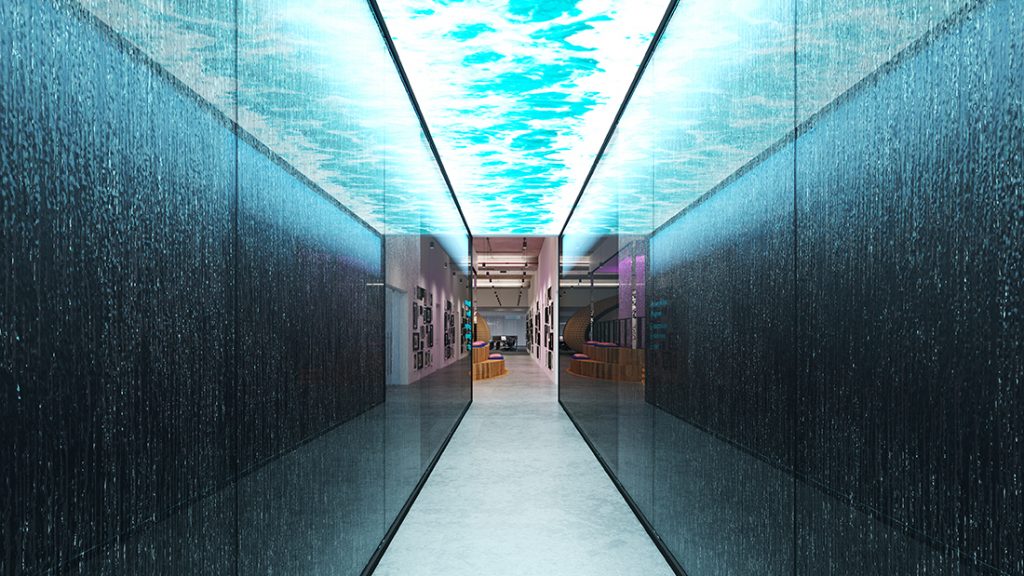
Prudential Singapore
The modern workplace is characterised by knowledge-based work, an iterative learning process that is written from a human-relations perspective rather than a technological perspective.
McKinsey & Company’s Organisational Health Index defines organisational health as the ability of your organisation to align, execute and renew itself faster than your competitors can. It is about the way in which you run your organisation to effectively deliver against your performance goals, much as you would with physical health. This suggests that focusing on organisation health is just as important as focusing on the traditional drivers of workplace performance, which are usually about space efficiencies, utilisation rates.
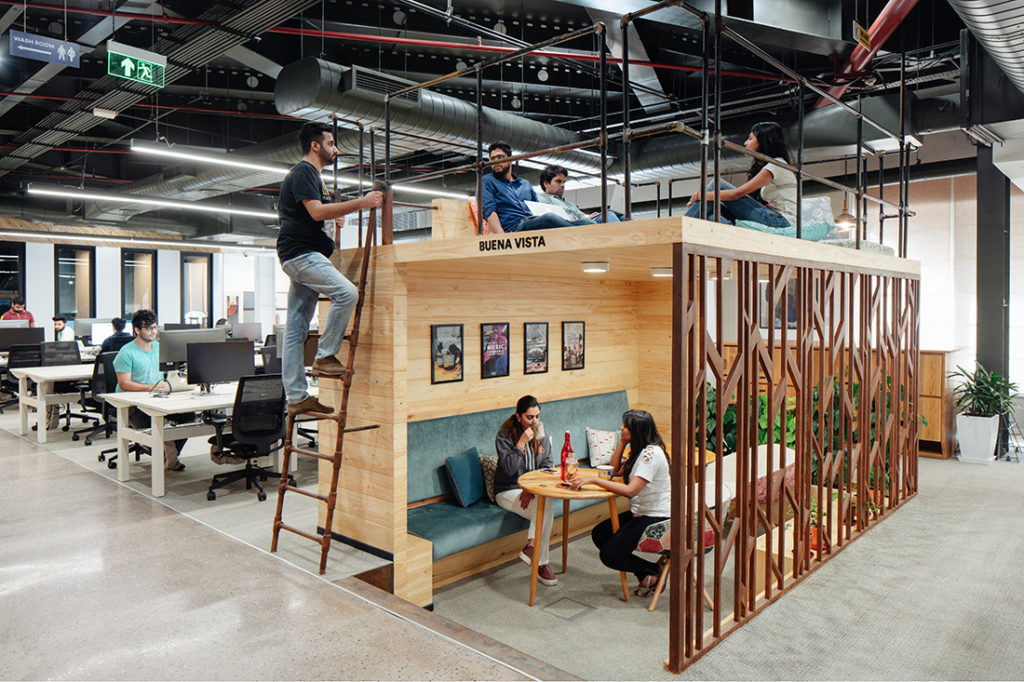
Airbnb Gurgaon
We see workplace transformation as a catalyst for building positive communities at work. This stems from examining cross-academic research behind the correlation of quality and strength of social connections, and wellbeing as key drivers of sustained organisation health. Engaging people as architects of change in the workplace gives voice and choice. The small mindset and behaviour shifts build a culture of agility and innovation from within. The premise is that creating positive employee experiences is a key enabler of robust organisational health. Building social connections leads to a strong culture of community, which escalates to better synergies between people, collaboration between teams and departments, and ultimately enhanced business performance.
A large-scale workplace transformation that involves engaging whole systems is one of the most powerful tools to prepare your people for the future of work.
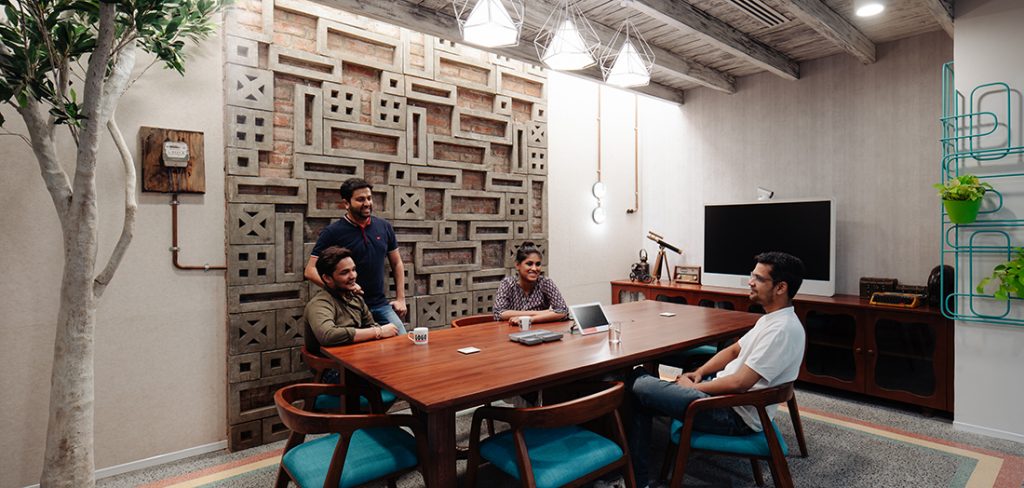
Airbnb Gurgaon
At the end of the day, when employees go above and beyond their current work scope, and look at their job as more than just a pay check, that is when workplace transformation happens. This is also known as organisational citizenship behaviour, which extends to the way we conduct our lives, the way we open ourselves up to different ideas, and how we can all be aligned to the organisation’s purpose.
The workplace is an expression of your internal and external brand awareness. It’s not just business. It’s personal. This journey begins with the individual and translates to the team and ultimately the organisation as a whole in leading, creating and embracing experiences that enable business success.
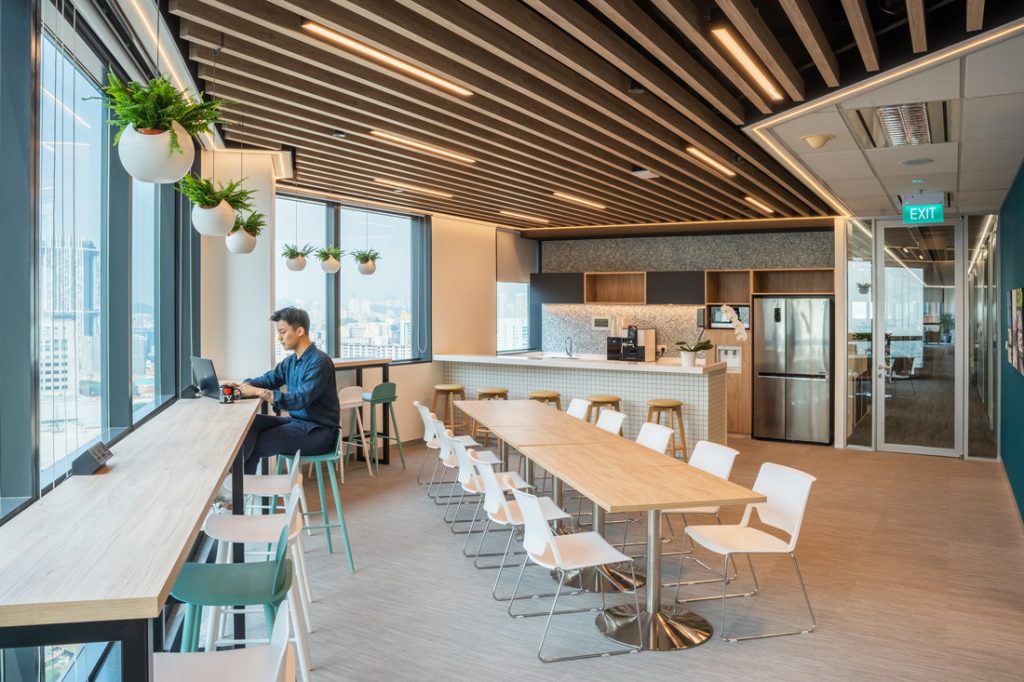
Forrester Singapore
A searchable and comprehensive guide for specifying leading products and their suppliers
Keep up to date with the latest and greatest from our industry BFF's!

With the exceptional 200 Series Fridge Freezer, Gaggenau once again transforms the simple, everyday act of food preservation into an extraordinary, creative and sensory experience, turning the kitchen space into an inspiring culinary atelier.

In this candid interview, the culinary mastermind behind Singapore’s Nouri and Appetite talks about food as an act of human connection that transcends borders and accolades, the crucial role of technology in preserving its unifying power, and finding a kindred spirit in Gaggenau’s reverence for tradition and relentless pursuit of innovation.

Elevate any space with statement lighting to illuminate and inspire.

The Man x Machine x Material collaboration by Jarrod Lim and The American Hardwood Export Council explores how generative AI can enhance design processes while also revealing the areas where human intuition remains irreplaceable.

Italian furniture brand Pedrali is known for leading the way when it comes to the workplace. We speak with Busetti Garuti Redaelli design studio about the evolution of the Buddy collection – a solution for hybrid spaces that can support all sorts of working styles.

Another Sydney project has taken out the top prize this year in Singapore, with a wide range of other winnings works from around the world.
The internet never sleeps! Here's the stuff you might have missed

In this candid interview, the culinary mastermind behind Singapore’s Nouri and Appetite talks about food as an act of human connection that transcends borders and accolades, the crucial role of technology in preserving its unifying power, and finding a kindred spirit in Gaggenau’s reverence for tradition and relentless pursuit of innovation.

The Man x Machine x Material collaboration by Jarrod Lim and The American Hardwood Export Council explores how generative AI can enhance design processes while also revealing the areas where human intuition remains irreplaceable.